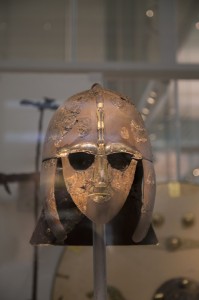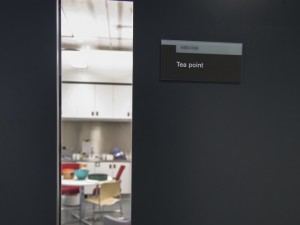Tony’s 400th birthday (b)log
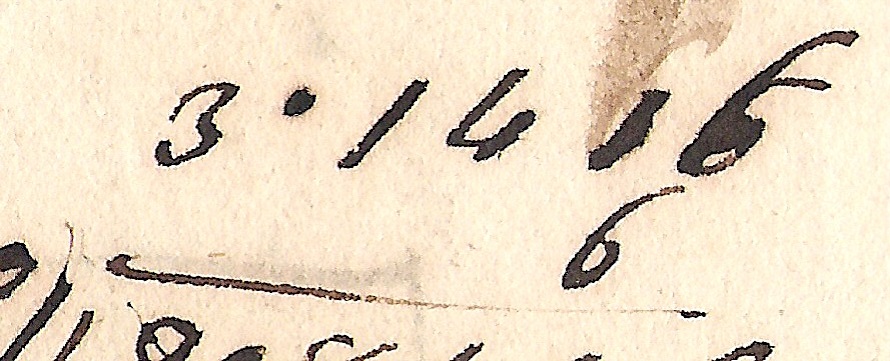
A decimal point used by Charles Babbage
Where our archivist Tony Simcock reminisces on the anniversary of his surprise appointment to the Museum, and celebrates the birth of logarithms along the way (its belated appearance here must be down to one of those annoying clerical errors…)
**
I have to declare a lack-of-interest – I failed my maths O level …
I’d found myself at grammar school, doubtless due to some clerical error, I kid you not; I was such a numbskull I was mystified why gardening wasn’t on the curriculum (it was the main subject at primary school at Mow Cop!) – and then later, having failed the necessary O levels, and been rejected by Leicester University, I ended up, doubtless due to another clerical error, at Oxford, where maths O level is, or was then, a compulsory entrance requirement.
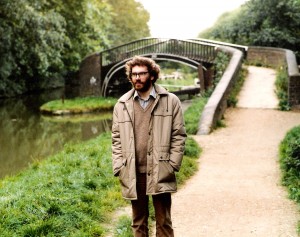
“I came back to Oxford for a day-trip”
Photo: Bob Lawton
And then that summer’s day in 1980 when I came back to Oxford for a day-trip, the interview was just an excuse really, it never crossed my mind I’d get the job – I don’t suppose I told them about failing the maths O level but I did bring along some poetry magazines in which my poems had been published (I failed English literature O level as well), and handed them round to the interviewers to underline my un-suitability …
cunning plan? not – they wanted me so badly that even though I didn’t have a phone they searched telephone directories (as they were called in those days) for anyone with the same surname at Mow Cop and as a result my father came to my house the very next morning and said he’d been woken up by a phone call from someone who talked posh asking if he was any relation to Tony Simcock, if so could he get a message to me to Phone Oxford Urgently – I suppose Superman feels like that, when the call comes, and like Superman I dashed to the nearest phone box (as they were called in those days) …
so anyway, I was saying about my lack-of-interest in maths – it was a mixed compliment, they’d ended up (the job interviewers that is) having to choose between an astrophysicist and a poet (their own words) – job interviewers are always looking for someone dynamic and motivated and similar job-advert jargon, plus some knowledge of the subject would be an advantage (actually it said ability to type would be an advantage, to give you an idea how the world’s changed in just 34 years, now even my cat can do it) – but they weren’t, the interviewers weren’t remotely looking for someone motivated and with a maths O level, the astrophysicist scared the asteroids out of them he was so dynamic, they were looking for a docile simpleton so utterly lacking in interest and motivation that he (or she – as you say now) would stay in the job for decades…
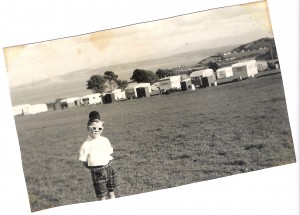
“What I really wanted to be was a comedian”
either that or it was another of these clerical errors; so anyway – today (August 18th, 2014 [yet another clerical error on our part – ed.]) is the 34th anniversary of my appointment to the staff of the Museum – I don’t need a maths O level to work out the beautiful cosmic significance of the number 34 – and it’s a Monday as well – so that’s how I came from being a little boy so brainless he was allowed to skip lessons and do gardening, via being a temporary poet (I gave up poems once I’d got the job, of course, like you do), to helping Jennifer, our librarian, put on a small display of books and slide rules to commemorate the 400th birthday of Napier’s invention of logarithms – just between you and me what I really wanted to be was a comedian, but I settled for wanting to be a museum curator as the next best thing …
I realise I’ve rambled a little – but what I was going to say actually was that I always felt like the chap in Jake Thackray’s song: “I used to think that logarithms were things that scuttled about in attics, and thirds were little flowers with square roots”; and then there’s Napier’s even zanier invention, the decimal point, can’t you just picture it? – a birthday display of decimal points – and all the puns you could get in? (what would you say is the Point of this exhibition? can you Point out a couple of the highlights? well, Kirsty, here’s a decimal point that was used by Babbage …) I know I’m supposed to be lauding logarithms blaa blaa, but – a world without decimal points – we’d all be using sixteenths and you wouldn’t know whether you’d written a cheque for 4 guineas or 400 – and anyway, if there wasn’t a decimal point how would they know if I’d passed or failed?
Tony Simcock – Museum archivist
Editor’s note: We asked our archivist to write us a blog on how he and librarian Jennifer Dumbleton came to put together the current small display of books and slide rules that marks the 400th anniversary of the invention of logarithms, and this is what we got!
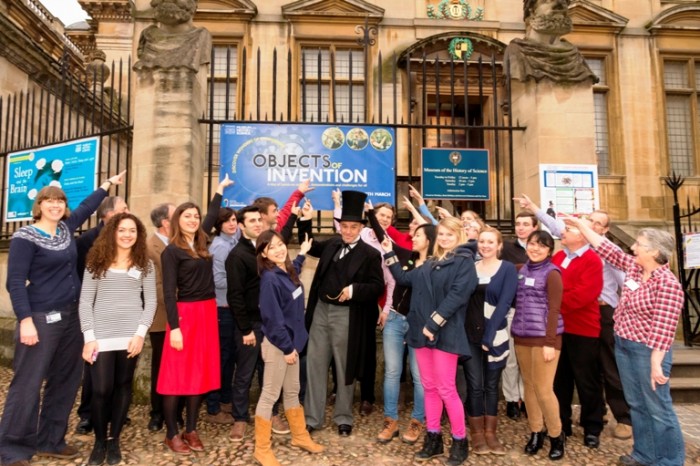

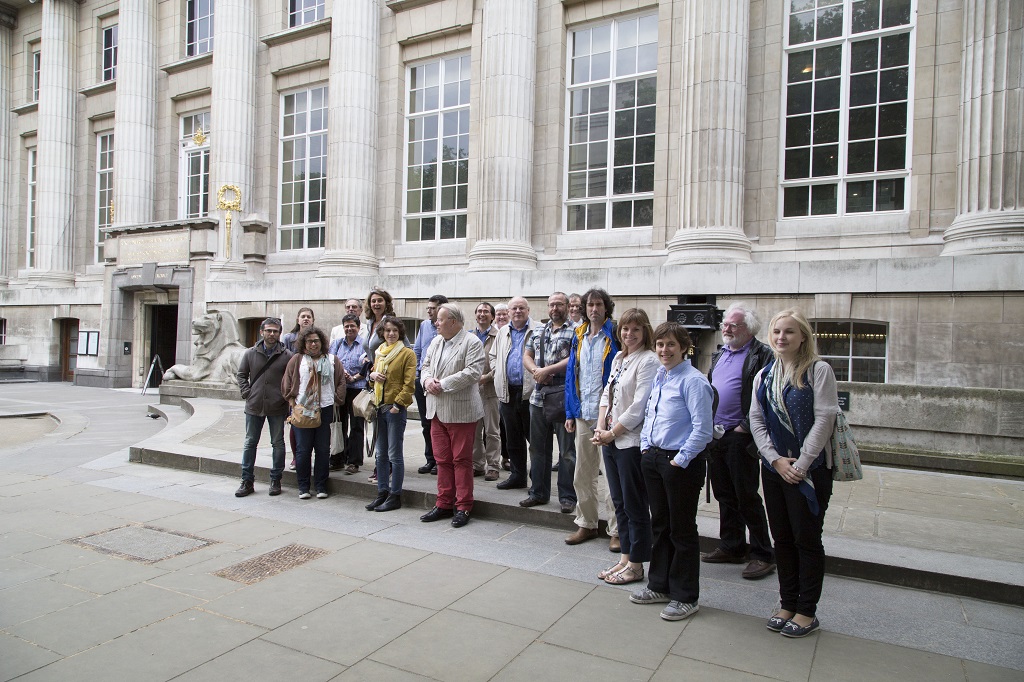 Earlier this week a rare event occurred: all the staff at the MHS (well, lots of us anyway) headed away from the Museum for a day out together. It was part pleasure, part professional – visiting the
Earlier this week a rare event occurred: all the staff at the MHS (well, lots of us anyway) headed away from the Museum for a day out together. It was part pleasure, part professional – visiting the 